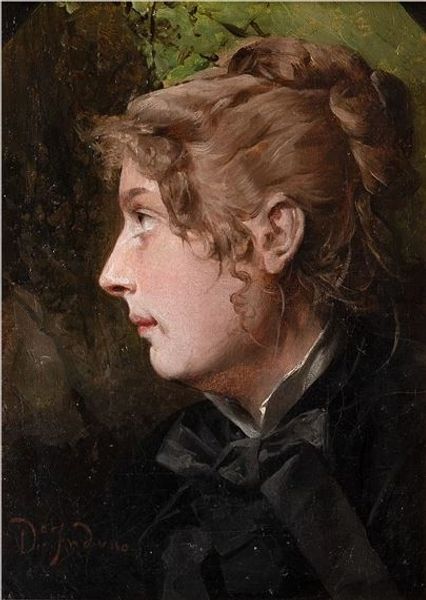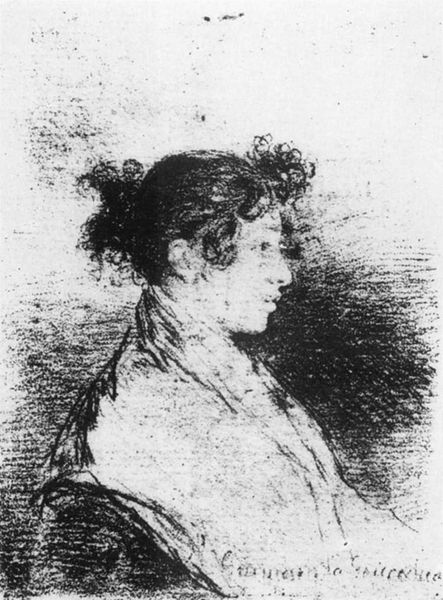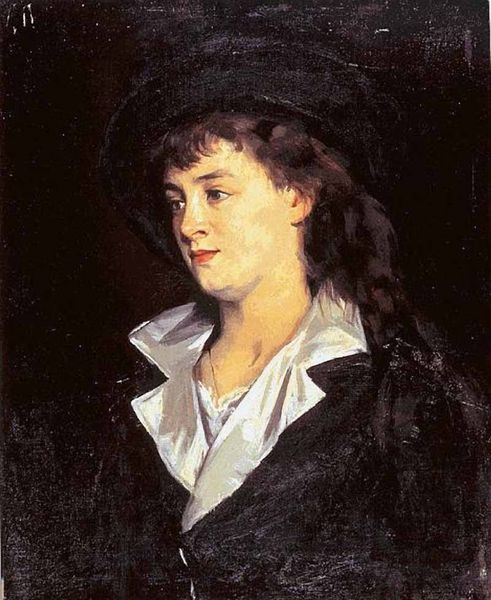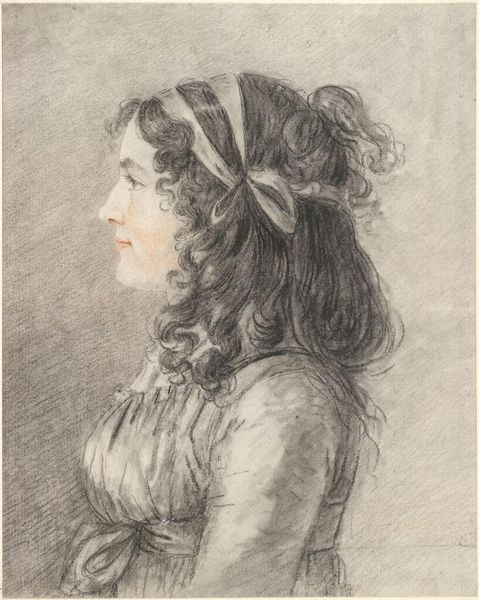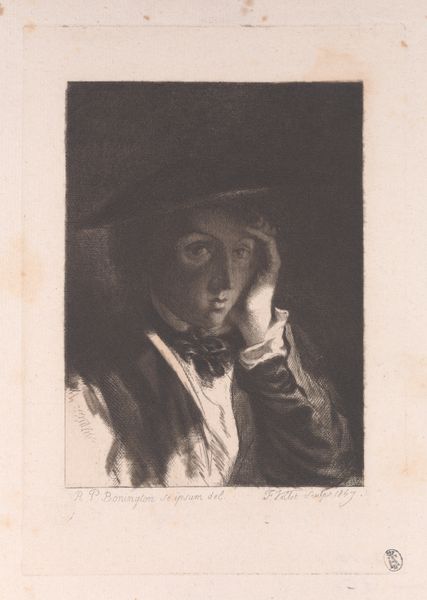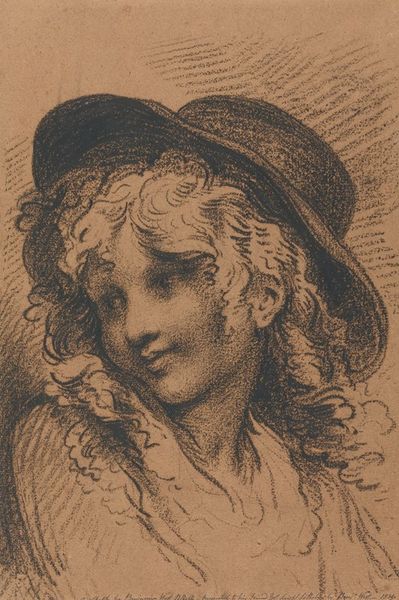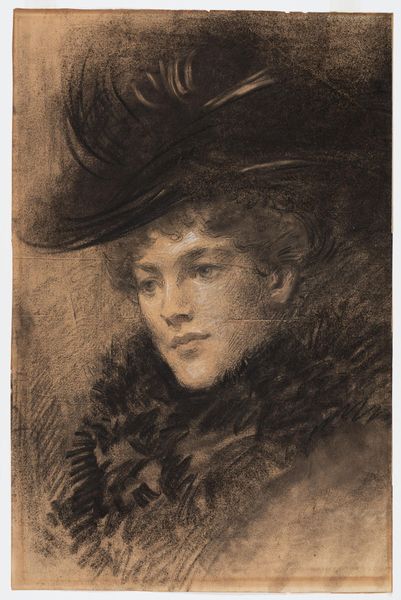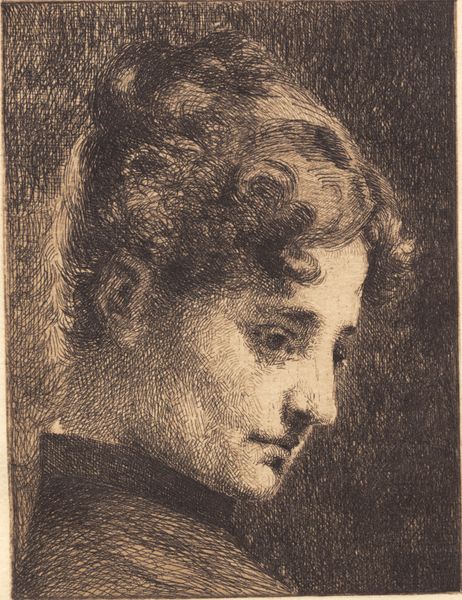
drawing, pastel
#
portrait
#
drawing
#
romanticism
#
pastel
Copyright: Public domain
Curator: Here we have Pierre-Paul Prud'hon's "Portrait of Constance Mayer," rendered in pastel around 1804. Editor: The immediate thing that strikes me is how incredibly warm and intimate it feels, even from this distance. There's such a softness, a casual grace to her smile. Curator: It’s interesting you mention warmth. Prud'hon’s pastel work is especially notable. Think of the availability and application of pastels at this time. It lent itself well to this style of capturing the ephemeral. Editor: Exactly! It’s like she's not posing, more like caught in a fleeting moment of genuine joy. You can almost hear her laughter, you know? Also, what do you make of the lighting? It almost seems to caress her face. Curator: Prud'hon's mastery in evoking emotion is undeniable. But what gets me every time is the materials—the specific pastels available. The level of craft... Think about the sources and composition of pigments, the way they're bound, applied layer upon layer… it affects the tonality, the way light interacts with the surface. Editor: Yes, I get what you mean! The material history feeds directly into its meaning. I find her clothing also significant—the looseness, not at all formal… almost like he is intimating about her own creative or independent stance. She could have been painted in courtly garb, yet... Curator: Her open collar hints at shifting sartorial conventions, reflecting broader social changes affecting artistic labor and consumer culture. Editor: It's lovely how something that seems, on the surface, like a straightforward portrait can have such interesting layers when you look at the historical making. This is no ordinary portrait, she's vibrant with inner life and speaks of social changes, even now. Curator: Agreed. Exploring the tangible qualities gives us a richer appreciation of its social value and historical placement within Romanticism.
Comments
No comments
Be the first to comment and join the conversation on the ultimate creative platform.
